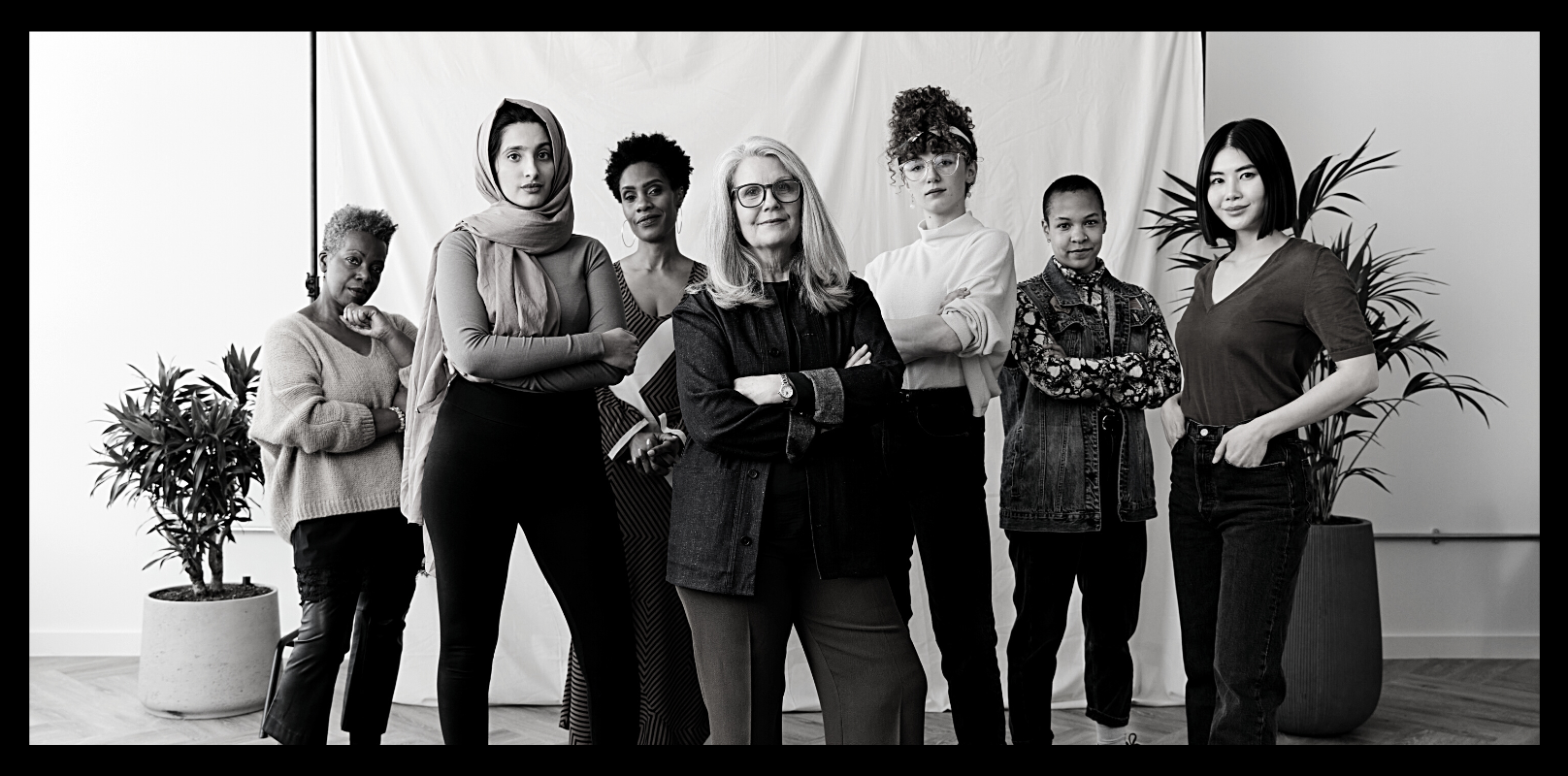Recruiting from a Multigenerational Talent Pool: The Challenges


Diversity is a strength, both in society and in the workplace. However, many recruiters that are hoping for a more age diverse workforce can face a challenge in achieving it. The challenge doesn’t come from a lack of talent across the different age groups, but more often it comes from a lack of understanding of the particular recruiting needs of each generation. So what can recruiters and hiring managers do to retain a strong age-diverse workforce.
Why it matters
If you’re a hiring manager or a recruiter, you’ll be questioning why you’d bother with building a workforce that’s multigenerational. As it is, finding the best talent is already hard enough without taking into account age.
But as we know and as studies have shown, diversity in all its forms brings about massive benefits to companies. Age diversity isn’t any different. Each generation brings with it its own strengths and weaknesses, so when you’re only drawing from one or two age demographics you’re embedding deficiencies in your workforce unnecessarily.
When you have gaps in your talent pool, employees will inevitably be assigned to roles that they’re not ideally suited for. This will result in underperformance and in many cases issues such as high employee turnover. This results because no employee wants stay in a job where they are struggling or that doesn’t match their skills for long.
When your recruitment is done from an age-diverse talent pool however, you mitigate these concerns because you’re harnessing the unique gifts of each generation.
Generational Differences: Understanding the team
It may not be a surprising thing to find that five generations are represented in a business environment in the modern workplace, with Millennials topping the list at 35%. However, just because they’re all working for the same employer doesn’t mean they were all recruited, trained, and retained in the same way.
When taking a closer look at the different generations in the workforce you’ll see a range of differences that can profoundly impact talent recruitment. Probably one of the most important of these differences are variations in the different generations’ expectations for and practices regarding communicating with prospective employers. Baby Boomers and Gen Xers appreciate the most efficient means of communication like face-to-face meetings and phone calls, while younger generations prefer mobile and digital communications.
The older generations, like the Baby Boomers, still prefer to explore job prospects through more tried and tested methods such as employment agencies and referrals. While the young generations, like Gen Z and Millennials usually expect much higher levels of engagement with prospective employers. These digital natives tend to prefer to communicate through technology, anything from online job board to social media.
When it comes down to the differences in generations, communication can fall down through misunderstanding. There are significant gaps between generations and how they prefer to communicate. For example, things like intention can be lost in translation from a text from one generation to another that’s not as comfortable with the informality of the technology.
Bottom of Form
Age Bias: How to Address it
Another important aspect of effective recruiting from a multigenerational talent pool is knowing how to recognise and address age bias in your recruiting practices. This isn’t always easy as biases like these often lie at an unconscious level.
At the end of the day, very few of us want to believe that we are discriminating. Even so, regardless of the fact that the discrimination is unintended, the effects of our recruiting practices may result in age discrimination. Which will then result in a generationally uniform workforce.
For example, if you aren’t actively seeking out older workers using the specific channels they’re likely to be most engaged with then your talent search will likely be more skewed towards a younger pool of candidates.
Due to this it’s essential that you meet your multigenerational job seekers where they are. Instead of relying simply on online forums for your talent pool, use a more comprehensive approach that specifically targets Gen X, Baby Boomers, and older.
Generational Expectations
To recruit effectively from a wide range of generations you’ll have to be able to recognise the diverse expectations that employees from various age groups are likely to have for their jobs.
Take younger workers, they tend to have much higher expectations of their employers. In particular in areas around emotional and social needs. Workers that fall into the Gen Z and Millennial age are far more likely to want their employers to build a socially responsible brand and to expect that their work will somehow align with their own personal moral and ideological beliefs.
Younger workers often expect to cultivate strong emotional ties with their employers, which often includes the expectation that they’ll be supported in areas such as mental health and work/life balance.
Whereas older workers perceive their relationship with their employers as being more professional, formal, and transactional. For workers that fall into this age group, considerations such as social justice and corporate responsibility, employees social/emotional needs, and work/life balance may hold relatively little weight.
Because different generations have their own ideas of that they want, need and expect from an employer, you’ll need to adjust your recruiting strategies accordingly to cultivate age diversity.
Conclusion
Age diversity can be a tremendous source of strength for your business. But recruiting from a diverse talent pool that spans several generations isn’t always easy. It needs well thought out skills, strategy and effort. You need to understand and address each generation’s unique preferences, requirements and expectations for communication. When you have this knowledge you’ll be able to meet your ideal candidates where they are by addressing their needs and interests in ways that will engage them best. By doing so you’ll be able to truly leverage each generation’s best and highest talents for your business.
Looking for talented Salesforce or D365 professionals? Click here to get in touch with us.
